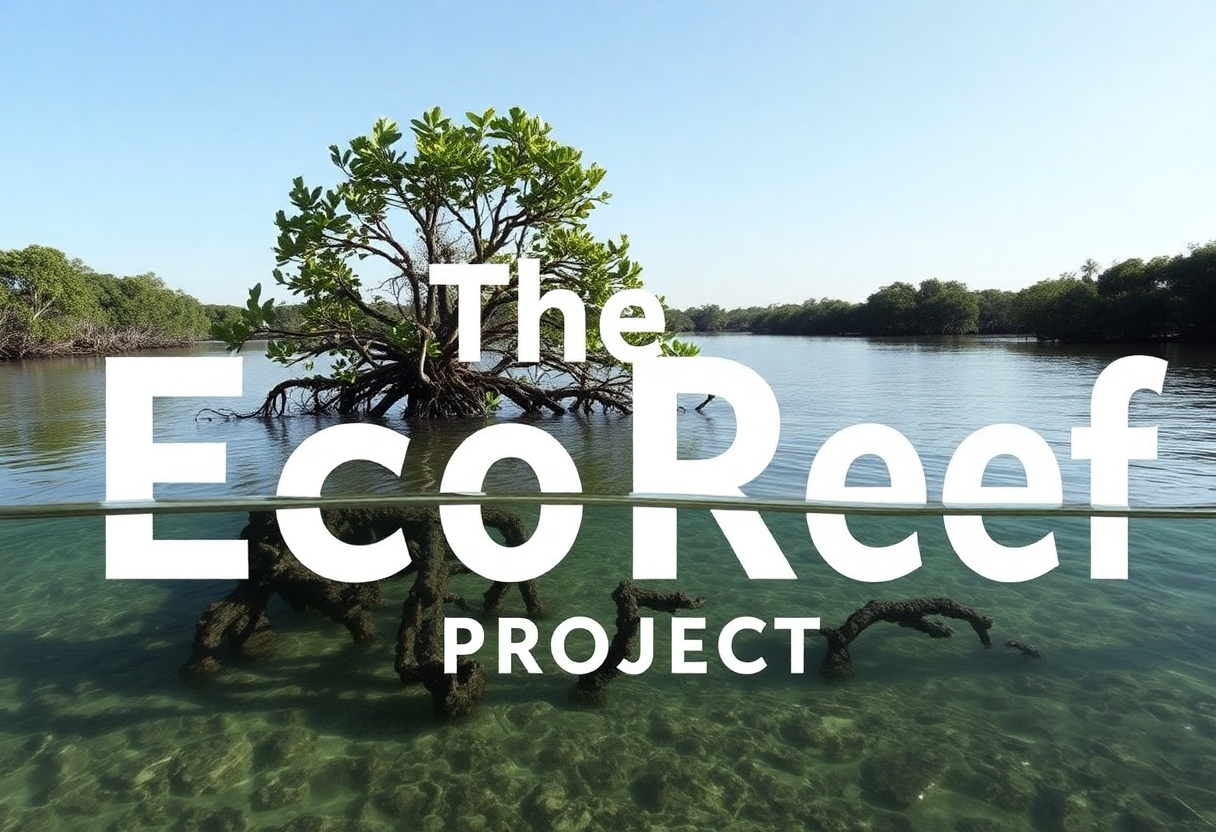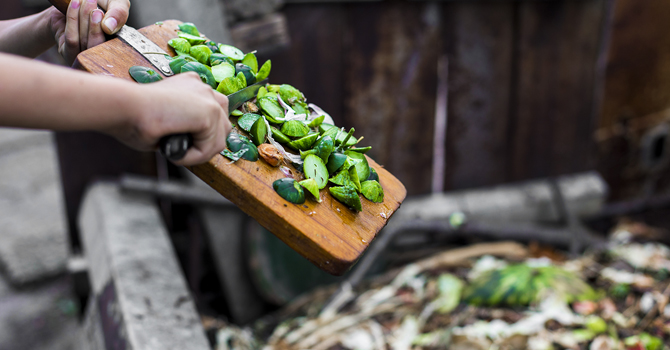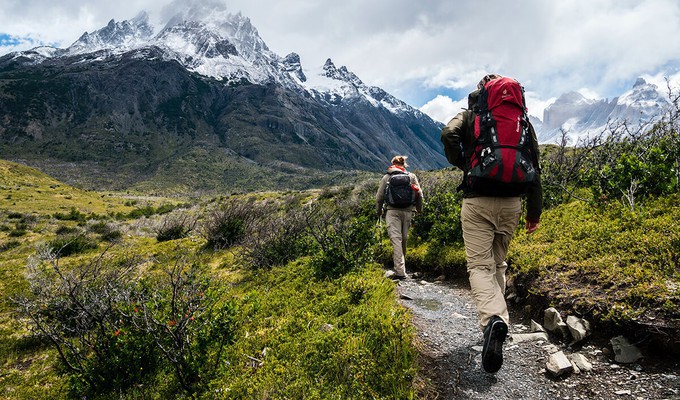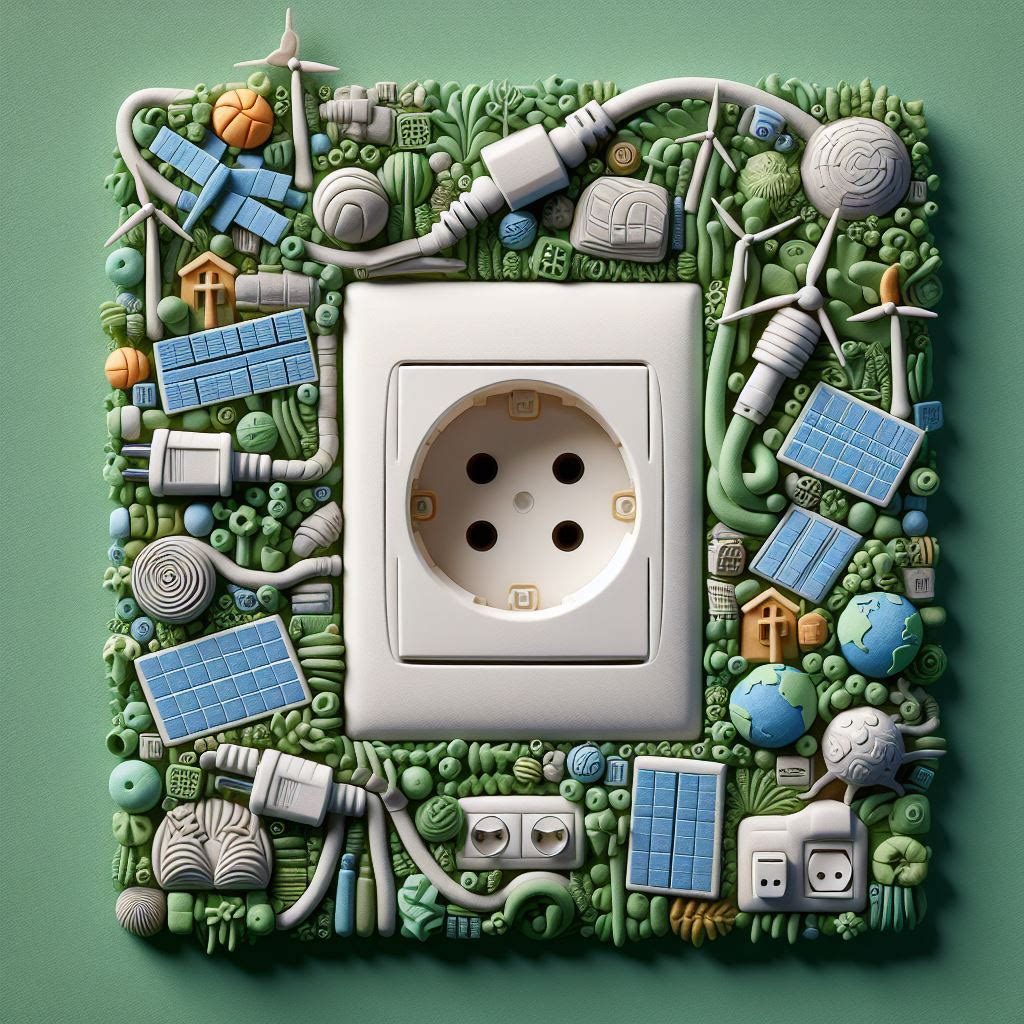The Ultimate Guide to Upcycled Crafts for Adults: Unleash Your Creativity and Sustainability
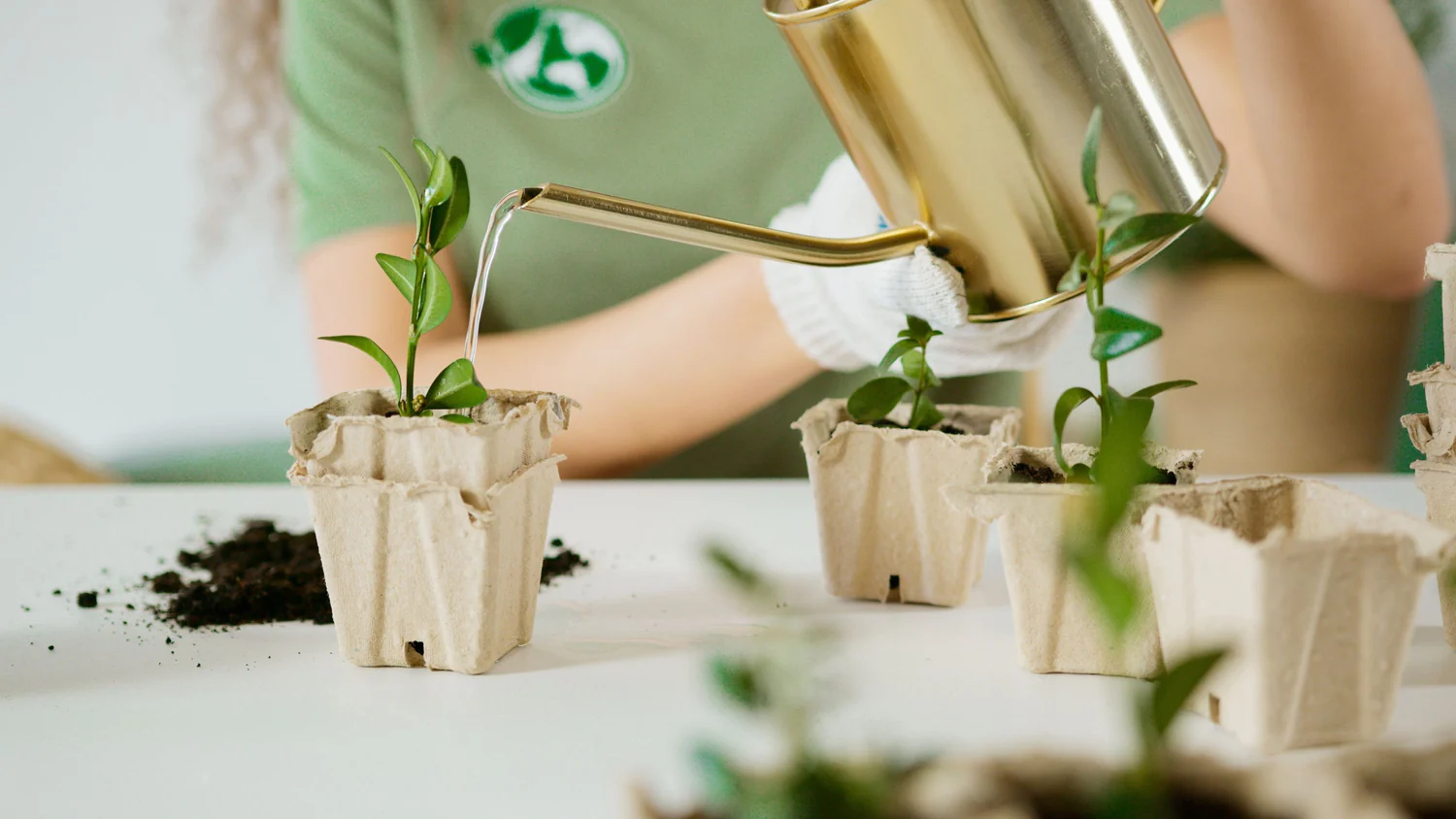
In a world where sustainability is becoming increasingly important, upcycled crafts have emerged as a creative and eco-friendly way to breathe new life into discarded materials. From transforming old t-shirts into stylish tote bags to repurposing wine bottles into stunning home decor pieces, the possibilities are endless. In this comprehensive guide, we’ll explore the fascinating world of upcycled crafts for adults, complete with a detailed comparison table and FAQs to help you embark on your upcycling journey.
READ ALSO : Unleashing Nature’s Magic: The Incredible Benefits of Composting Food Scraps and Reducing Waste
Why Upcycled Crafts?
Upcycled crafts offer a unique opportunity to combine creativity with environmental consciousness. By repurposing items that would otherwise end up in landfills, you not only reduce waste but also create something truly remarkable and one-of-a-kind. Additionally, upcycled crafts can be a rewarding and cost-effective hobby, allowing you to unleash your artistic side while saving money on craft supplies.
Comparison Table: Upcycled Crafts vs. Traditional Crafts
To help you understand the benefits of upcycled crafts, we’ve prepared a comprehensive comparison table that highlights the advantages and considerations of upcycled crafts compared to traditional crafts.
| Aspect | Upcycled Crafts | Traditional Crafts |
|---|---|---|
| Environmental Impact | Reduces waste and promotes sustainability | May contribute to waste and resource depletion |
| Cost | Often uses free or inexpensive materials | Requires purchasing new craft supplies |
| Uniqueness | Each piece is truly one-of-a-kind | Potential for similarity with mass-produced items |
| Creativity | Encourages resourcefulness and artistic expression | May follow predefined patterns or templates |
| Personalization | Allows for customization and personal touches | Limited customization options |
| Satisfaction | Combines environmental consciousness with creativity | Focuses primarily on creative expression |
As you can see, upcycled crafts offer a range of benefits, including environmental sustainability, cost-effectiveness, and the ability to create truly unique and personalized pieces.
Popular Upcycled Craft Ideas for Adults
- Upcycled Jewelry: Transform old buttons, beads, or even bottle caps into stunning and eye-catching jewelry pieces. You can create necklaces, bracelets, and earrings with a unique and eco-friendly twist.
- Upcycled Home Decor: Repurpose items like old wine bottles, tin cans, or wooden pallets into beautiful home decor pieces, such as vases, planters, or wall art. These crafts not only add character to your living space but also reduce waste.
- Upcycled Fashion Accessories: Turn old t-shirts into trendy tote bags, scarves, or even stylish headbands. You can also upcycle denim jeans into fashionable bags or jackets, giving new life to your old clothes.
- Upcycled Furniture: Breathe new life into old furniture pieces by refinishing, repainting, or reupholstering them. You can transform an outdated dresser into a chic statement piece or give an old chair a fresh and modern look.
- Upcycled Garden Art: Create whimsical garden art pieces using discarded items like old ceramic pots, bike wheels, or even golf clubs. These unique creations can add character and charm to your outdoor living spaces.
These are just a few examples of the endless possibilities that upcycled crafts offer. With a little creativity and resourcefulness, you can turn discarded items into beautiful and functional pieces that showcase your personal style and commitment to sustainability.
Tips and Tricks for Successful Upcycling
- Source Materials Creatively: Look for discarded items in your home, garage, or even local thrift stores and flea markets. You’d be surprised at the hidden treasures waiting to be upcycled.
- Gather Inspiration: Browse online forums, social media platforms, and craft blogs to find inspiration and ideas from other upcycling enthusiasts. Communities like Reddit’s r/upcycling and Upcycled Ideas offer a wealth of inspiration and tutorials.
- Start Simple: If you’re new to upcycling, begin with simple projects to build confidence and skills before tackling more complex crafts.
- Embrace Imperfections: Upcycled crafts are all about embracing the unique character and imperfections of the materials you’re working with. Celebrate these quirks as they add charm and personality to your creations.
- Experiment with Techniques: Don’t be afraid to try new techniques, such as decoupage, image transfer, or even woodworking, to elevate your upcycled pieces.
- Share and Inspire: Once you’ve created your masterpieces, share them with your friends and family, or even consider selling them at local craft fairs or online marketplaces. Your upcycled crafts might just inspire others to embrace a more sustainable lifestyle.
Frequently Asked Questions (FAQs)
- Q: Can upcycled crafts be as durable and long-lasting as items made from new materials?
A: Absolutely! With the right techniques and materials, upcycled crafts can be just as durable and long-lasting as items made from new materials. For instance, upcycled furniture pieces can be reinforced and finished with high-quality paints or varnishes, ensuring their longevity. - Q: Is it safe to upcycle materials that were previously used for food or beverages?
A: Yes, it is generally safe to upcycle materials that previously contained food or beverages, as long as you properly clean and sanitize them before repurposing. However, it’s essential to exercise caution and avoid using materials that may have come into contact with harmful chemicals or substances. - Q: How can I find inspiration and ideas for upcycled crafts?
A: There are numerous sources of inspiration for upcycled crafts, including online forums, social media platforms, craft blogs, and even physical spaces like thrift stores and flea markets. Additionally, joining local craft groups or attending upcycling workshops can provide valuable insights and ideas from fellow enthusiasts. - Q: Can upcycled crafts be sold for profit?
A: Absolutely! Upcycled crafts can be sold for profit, either through online marketplaces like Etsy or at local craft fairs and markets. However, it’s important to research any legal requirements or regulations regarding the sale of upcycled items, especially if you’re incorporating materials from trademarked or copyrighted sources. - Q: What are some unique and unexpected materials that can be upcycled?
A: The possibilities for upcycling are endless! Some unexpected materials that can be transformed into amazing crafts include old books, vinyl records, discarded electronics, spent light bulbs, and even old sporting equipment. The key is to look at everyday objects with a creative eye and imagine their potential for upcycling.
Upcycled crafts for adults offer a unique and rewarding way to combine creativity with environmental consciousness. By repurposing discarded materials, you not only reduce waste but also create truly one-of-a-kind and personalized pieces that reflect your individual style and values. Embrace the world of upcycling, and let your creativity soar while making a positive impact on the planet.
